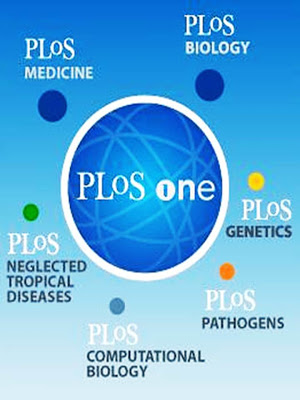Ver ítem
- xmlui.general.dspace_homeCentros Regionales y EEAsCentro Regional CórdobaEEA ManfrediArtículos científicosxmlui.ArtifactBrowser.ItemViewer.trail
- Inicio
- Centros Regionales y EEAs
- Centro Regional Córdoba
- EEA Manfredi
- Artículos científicos
- Ver ítem
A cost-effective and customizable automated irrigation system for precise high-throughput phenotyping in drought stress studies
Resumen
The development of high-yielding crops with drought tolerance is necessary to increase food, feed, fiber and fuel production. Methods that create similar environmental conditions for a large number of genotypes are essential to investigate plant responses to drought in gene discovery studies. Modern facilities that control water availability for each plant remain cost-prohibited to some sections of the research community. We present an alternative
[ver mas...]
The development of high-yielding crops with drought tolerance is necessary to increase food, feed, fiber and fuel production. Methods that create similar environmental conditions for a large number of genotypes are essential to investigate plant responses to drought in gene discovery studies. Modern facilities that control water availability for each plant remain cost-prohibited to some sections of the research community. We present an alternative cost-effective automated irrigation system scalable for a high-throughput and controlled dry-down treatment of plants. This system was tested in sorghum using two experiments. First, four genotypes were subjected to ten days of dry-down to achieve three final Volumetric Water Content (VWC) levels: drought (0.10 and 0.20 m3 m-3) and control (0.30 m3 m-3). The final average VWC was 0.11, 0.22, and 0.31 m3 m-3, respectively, and significant differences in biomass accumulation were observed between control and drought treatments. Second, 42 diverse sorghum genotypes were subjected to a seven-day dry-down treatment for a final drought stress of 0.15 m3 m-3 VWC. The final average VWC was 0.17 m3 m-3, and plants presented significant differences in photosynthetic rate during the drought period. These results demonstrate that cost-effective automation systems can successfully control substrate water content for each plant, to accurately compare their phenotypic responses to drought, and be scaled up for high-throughput phenotyping studies.
[Cerrar]

Autor
Ortiz, Diego;
Litvin, Alexander G.;
Salas Fernandez, María G.;
Fuente
PLoS ONE 13 (6) : e0198546 (2018)
Fecha
2018-06-05
ISSN
1932-6203
Documentos Relacionados
Formato
pdf
Tipo de documento
artículo
Proyectos
(ver más)
INTA/PNCYO/1127043/AR./Desarrollo de germoplasma y cultivares comerciales de cereales de verano.
Palabras Claves
Derechos de acceso
Abierto
 Excepto donde se diga explicitamente, este item se publica bajo la siguiente descripción: Creative Commons Attribution-NonCommercial-ShareAlike 2.5 Unported (CC BY-NC-SA 2.5)
Excepto donde se diga explicitamente, este item se publica bajo la siguiente descripción: Creative Commons Attribution-NonCommercial-ShareAlike 2.5 Unported (CC BY-NC-SA 2.5)


